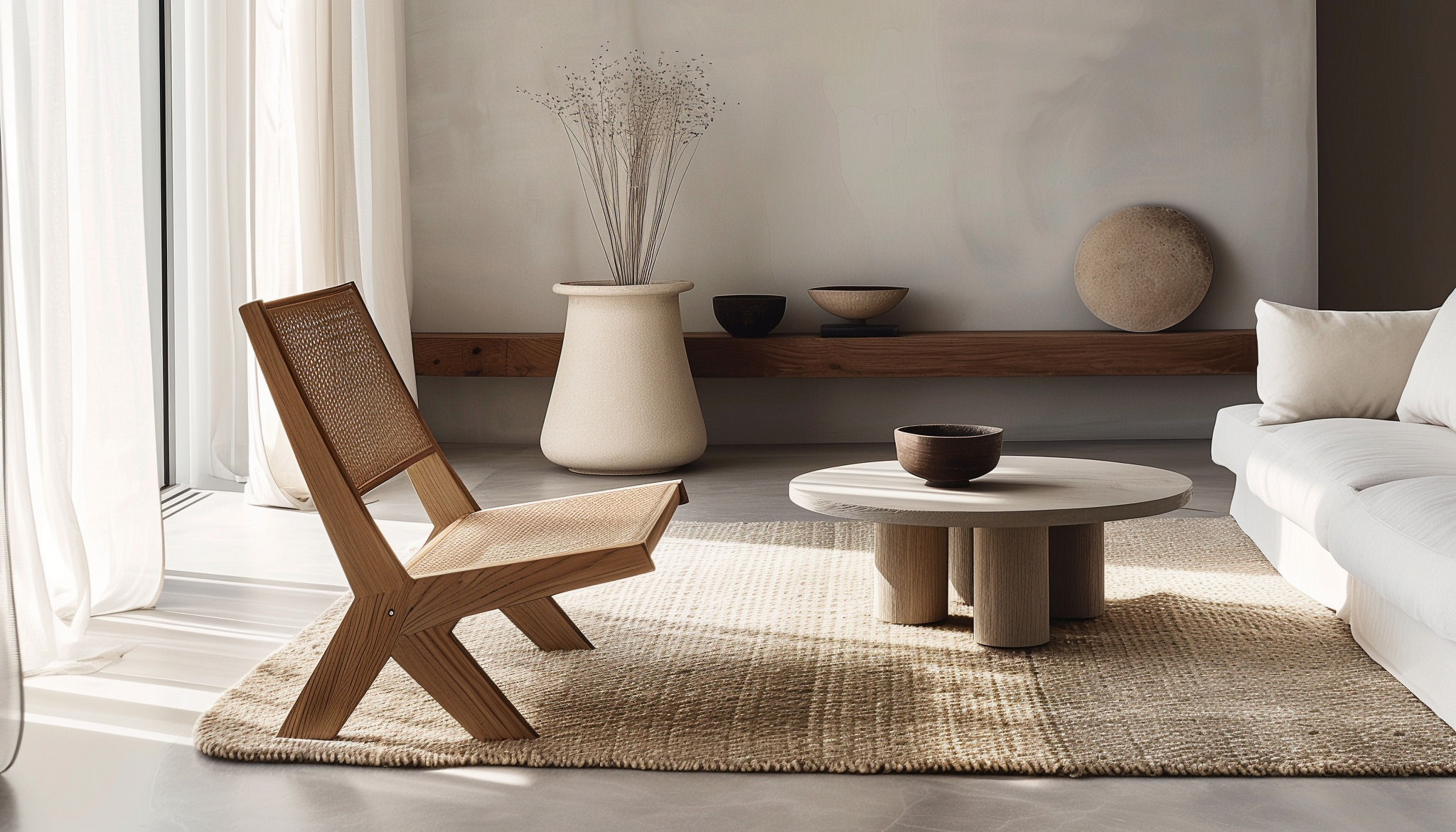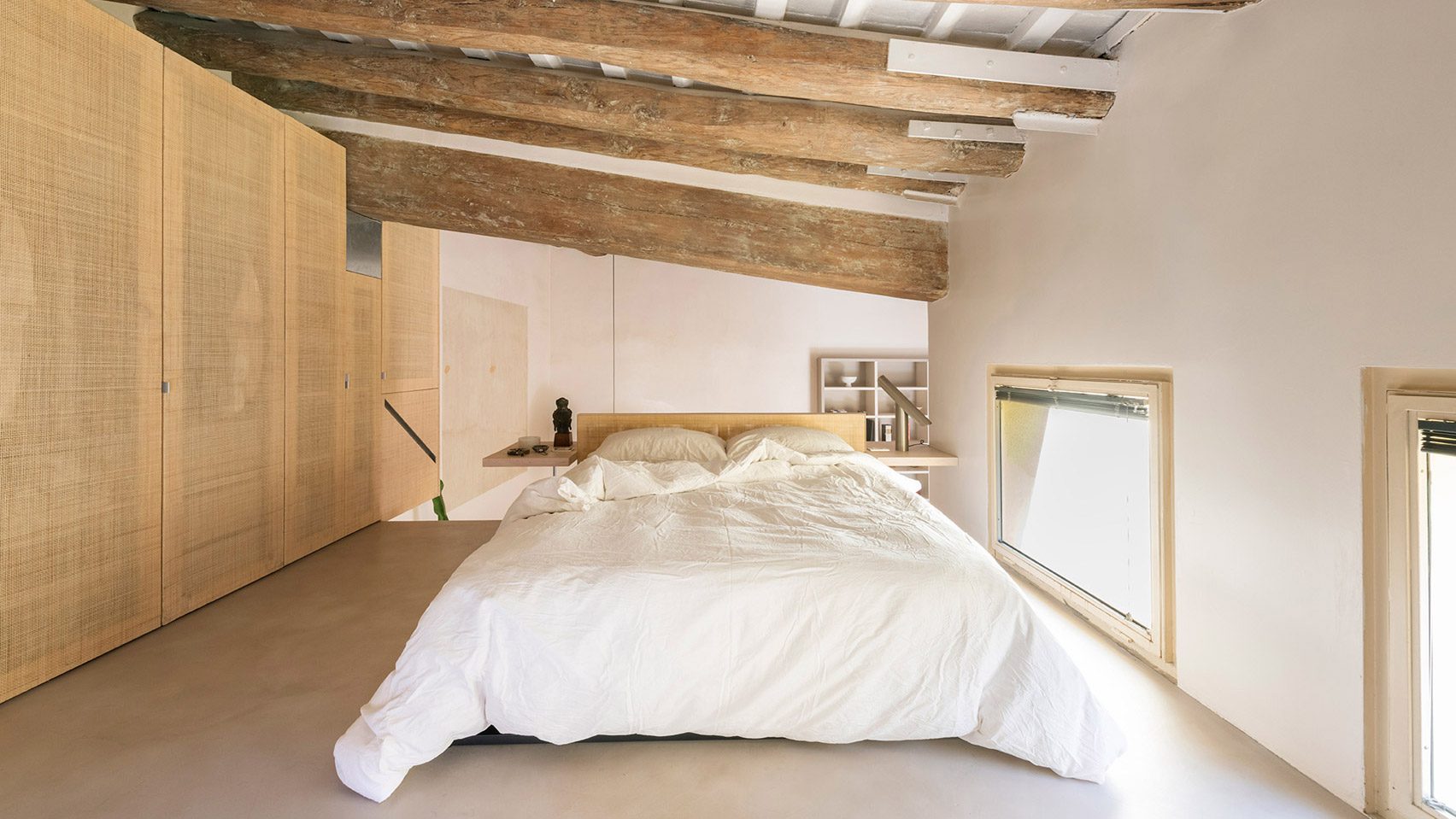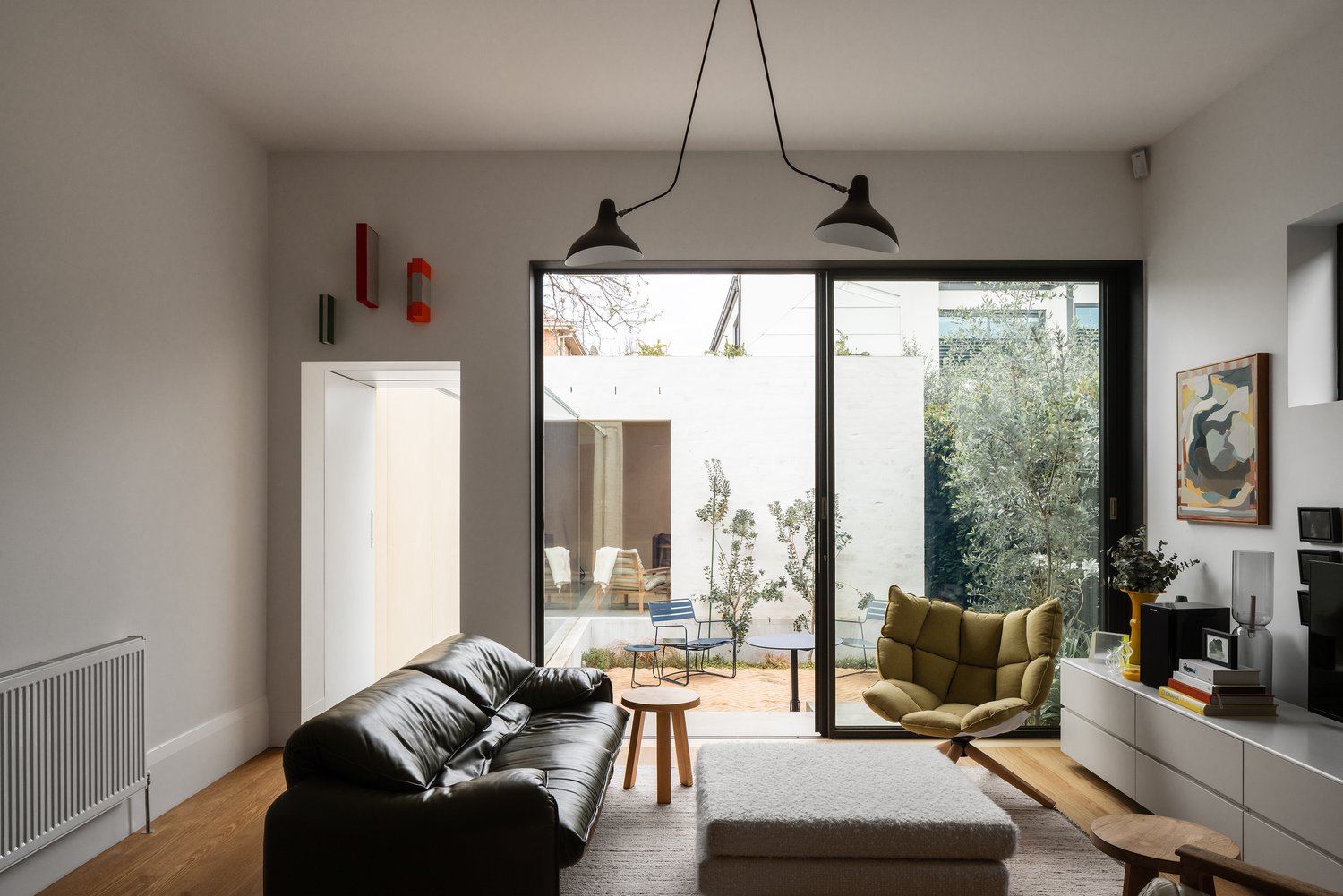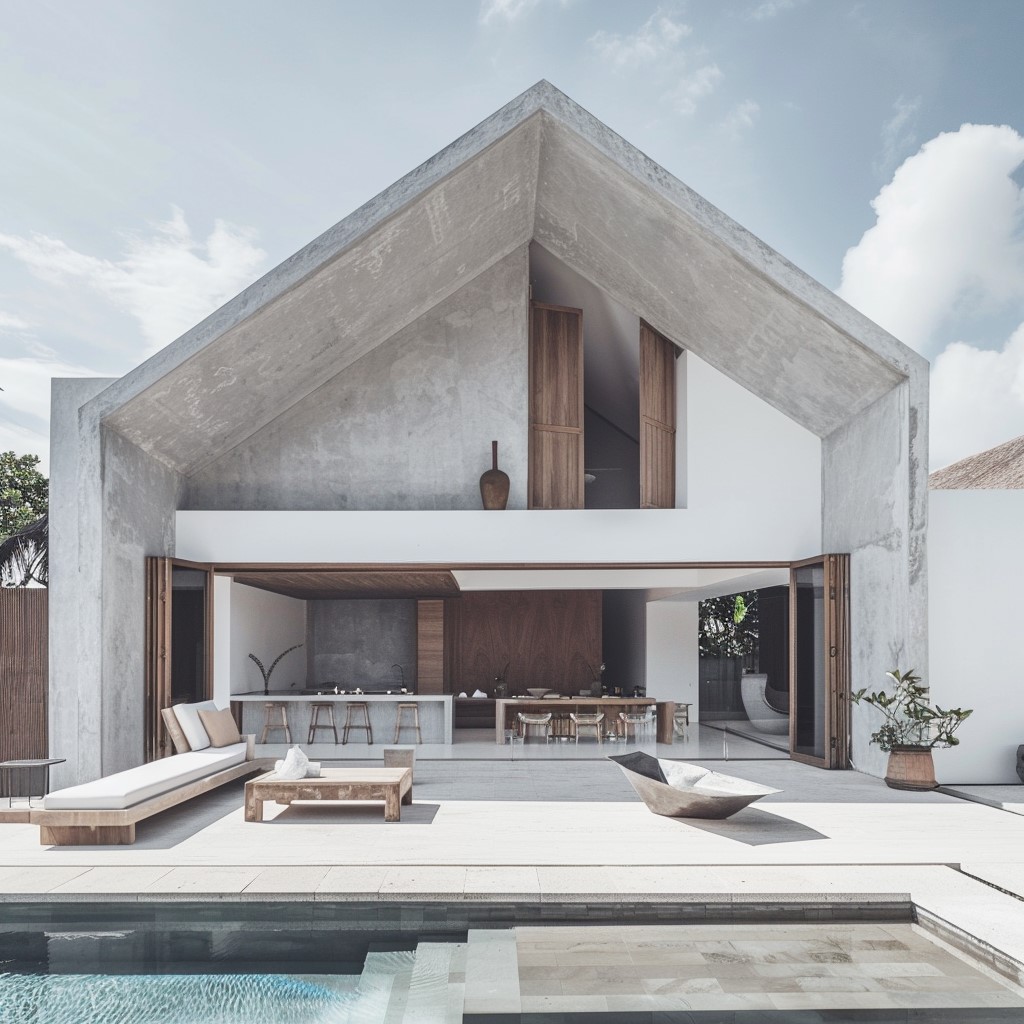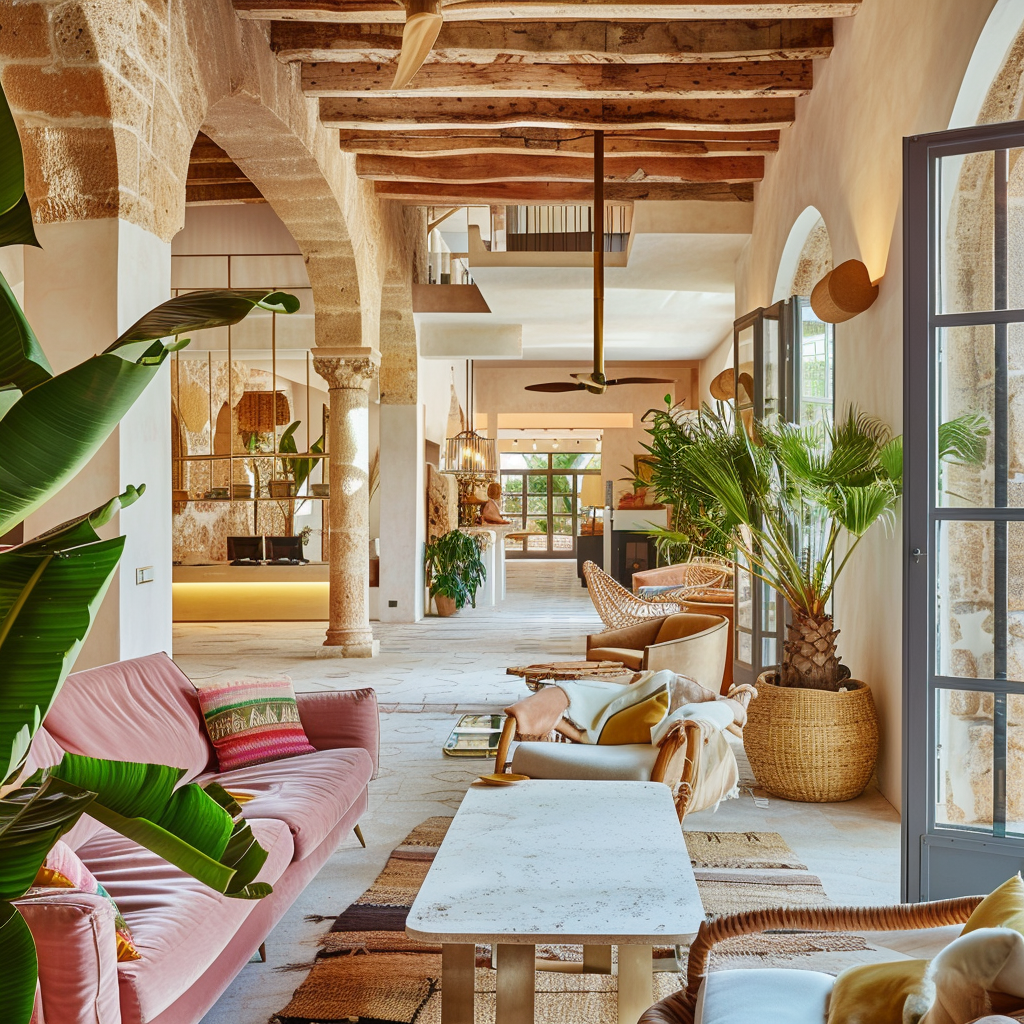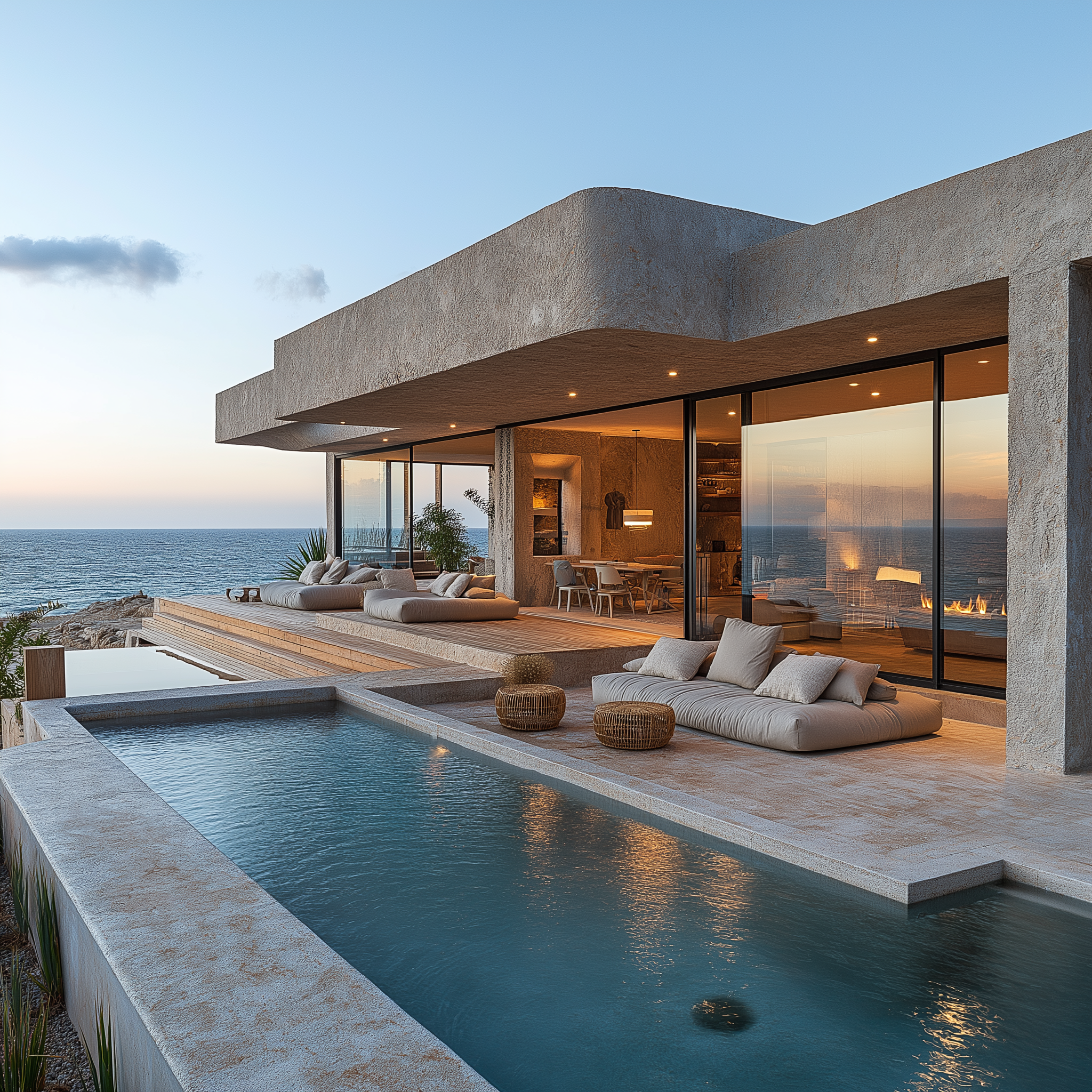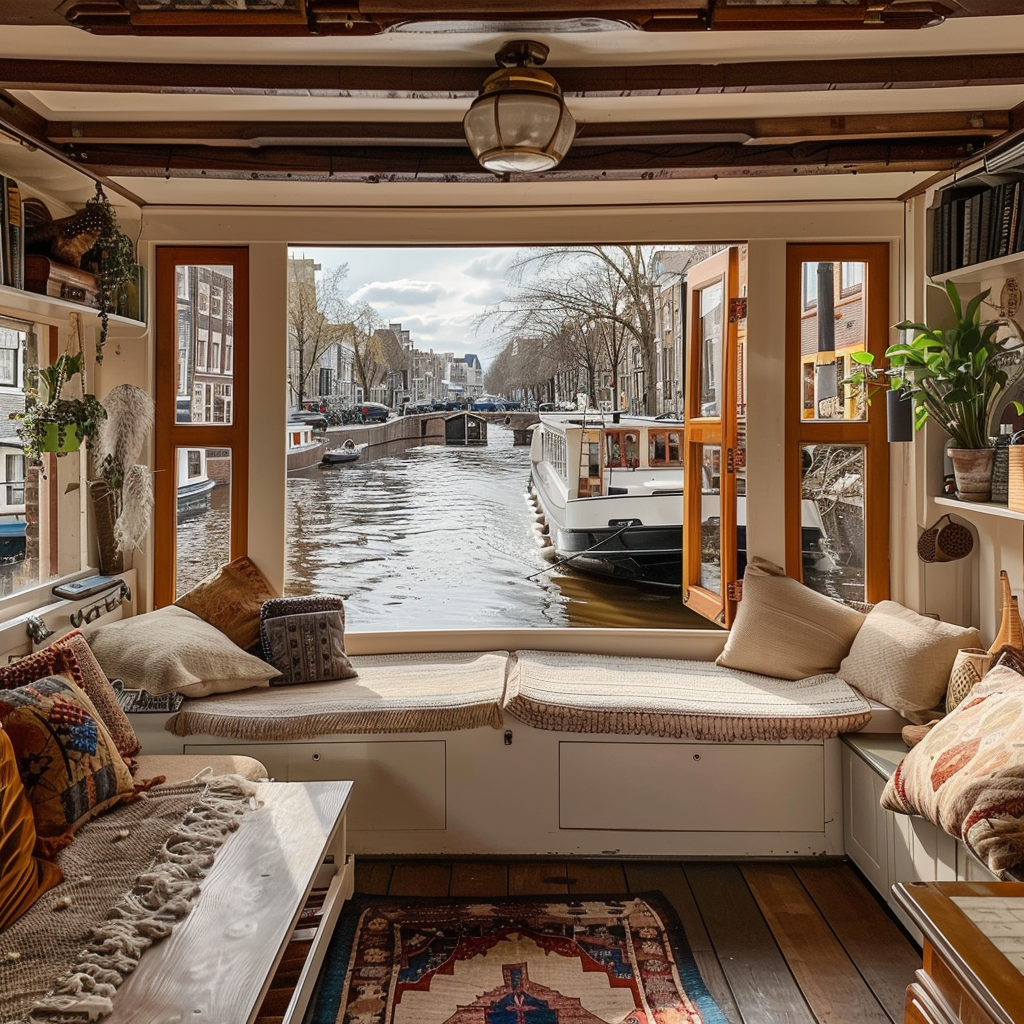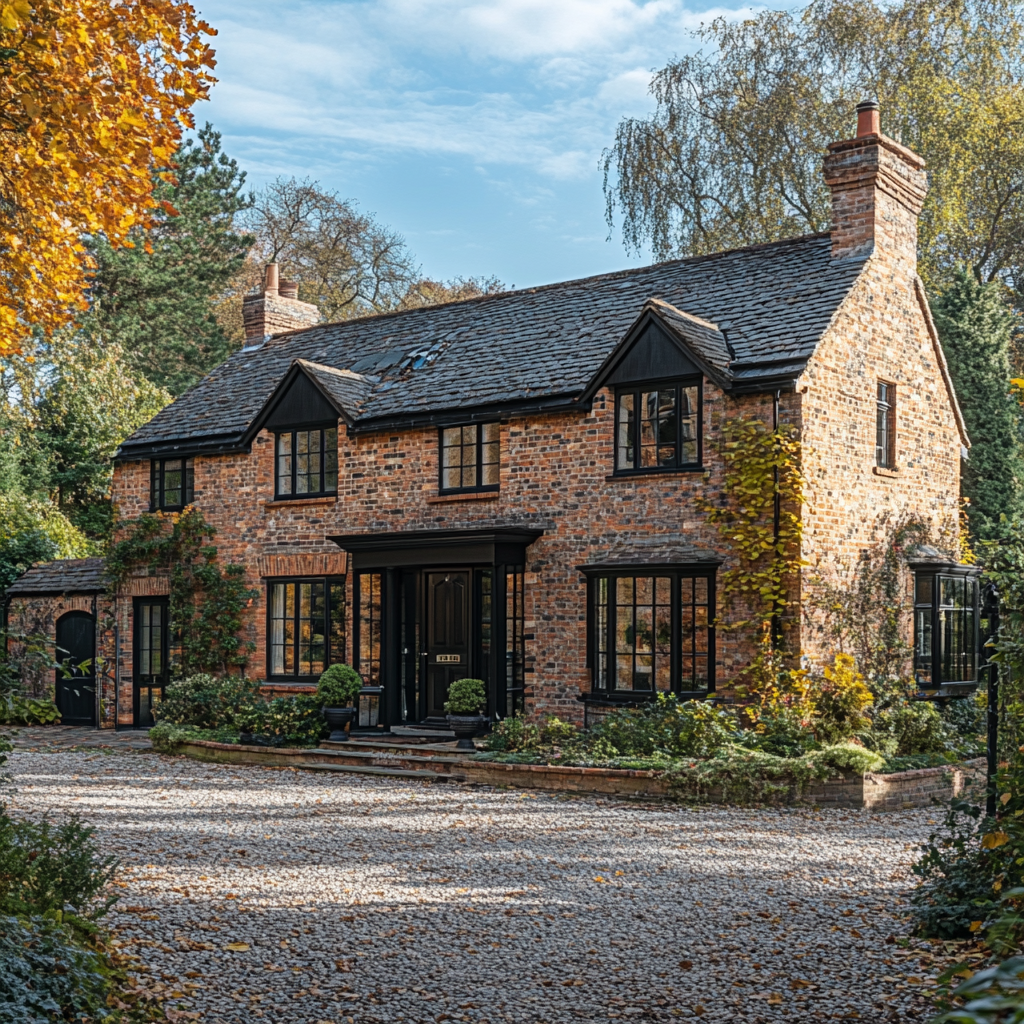Simplify Your Space, Simplify Your Life.
In an age where consumerism reigns supreme, the concept of minimalism offers a refreshing and liberating alternative. Minimalist design emphasises simplicity, functionality, and a clutter-free environment, allowing us to focus on what truly matters. Inspired by the philosophy of “less is more,” this design approach is not just about aesthetics but also about fostering a lifestyle that prioritises mental and emotional well-being.
At its core, minimalist design is about creating spaces that are both functional and visually appealing with the least amount of elements. This means eliminating unnecessary items and focusing on the essentials. The aesthetic is often characterised by clean lines, neutral colour palettes, and a lack of excessive decoration. The goal is to create a serene and orderly environment that promotes clarity and calmness.
Being highly sensitive and obsessed with stories, I find myself holding onto memories. I have a box filled with items that I have collected over my years of living. This tendency to hold onto things bleeds into other ways of storing. I think most of us have a drawer which holds lots of things, from the most important items like passports to seemingly trivial ones like empty batteries, receipts, and pens. This habit extends to my clothes as well; I’m sure I only use 20% of my t-shirts.
I believe it’s human to hold attachments to memories. These last years, since moving to our new home, my wife and I have kept the walls completely clean. We have no hanging art or posters. We have some leaning against the wall but placed on the floor. In this world, where we are so oversaturated with content and spend multiple hours daily looking at our phones, I naturally found myself craving a more minimal surrounding. The colour tones in our home are soft, almost pastel, for the furniture, creating an environment that is easy on the mind and soul.
Living minimally has not only made my home more aesthetically pleasing but has also significantly improved my mental well-being. I find it easier to focus, my stress levels have decreased, and I have more time and energy to devote to activities that truly matter to me. The sense of freedom that comes from owning less is indescribable and has deeply enriched my life.
Here are some things I came across that helped me in this journey:
Declutter Regularly: The first step in embracing minimalism is to declutter. I started by assessing each item in my home and asking myself if it served a purpose or brought me joy. I donated or discarded items that didn’t meet these criteria. This regular practice has been incredibly liberating and has helped me maintain a clutter-free space.
Quality Over Quantity: I found that investing in high-quality, durable items that I genuinely need and love reduced the frequency of replacements and contributed to a more sustainable lifestyle. It’s better to have a few items that serve you well than a multitude of things that don’t.
Neutral Colours: Opting for a neutral colour palette in my home created a sense of openness and tranquillity. Whites, beiges, and greys are common in minimalist design, as they reflect light and make spaces feel larger. This change made my home feel more serene and inviting.
Mindful Decor: Decorating with intention was a key aspect of my minimalist journey. I selected a few meaningful pieces that complemented the space without overwhelming it. Art, plants, or a single statement piece can add character without creating visual clutter.
Living in a clutter-free environment has numerous benefits. It can reduce stress and anxiety, as a tidy space often leads to a tidy mind. It also encourages mindfulness, as you’re more likely to be aware of your consumption habits and the impact they have on your life and the environment. Additionally, a minimalist home is easier to clean and maintain, giving you more time to enjoy the things you love.
I came to think about a documentary I saw some years ago called The Minimalists: Less Is Now. There was some interesting documentation about individuals who transitioned to minimalism after experiencing significant life changes. One of them shared how he reduced his possessions and focused on what truly mattered after the death of his mother and the end of his marriage, finding that this brought him clarity and fulfilment.
The documentary also gave practical tips and suggested trying The 30-Day Minimalism Game. This challenge encourages you to declutter by removing one item on the first day, two items on the second day, and so on for 30 days. I remember doing this challenge and finding it to be an interesting experience. It forces you to think rationally about your belongings and not keep everything with the notion of “what if.”
To explore more about the minimalist lifestyle, check out the trailer for The Minimalists: Less Is Now on Netflix. This documentary delves into the lives of those who have embraced minimalism and showcases the profound impact it can have on one’s life.
By adopting a minimalist design and lifestyle, you can create a more peaceful, intentional, and fulfilling life. Remember, the journey to minimalism is personal and unique to each individual. Start small, be patient with yourself, and enjoy the freedom that comes with living lightly.





